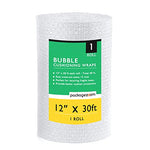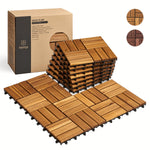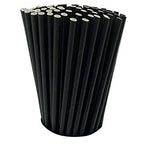You have no items in your shopping cart.
Gardening is a fulfilling and therapeutic hobby that allows us to reconnect with nature and create a tranquil oasis in our own backyard. However, with the changing seasons, one inevitable task that often looms over gardeners is the chore of raking leaves. While it may seem like a mundane and time-consuming activity, mastering the art of effortless garden maintenance can not only save you precious time and energy but also enhance the overall beauty of your outdoor space. In this comprehensive guide, we will delve into the world of leaf raking, offering you expert tips and practical advice to help you make this task a breeze.
Understanding the Importance of Leaf Raking
Before we delve into the techniques and strategies for effective leaf raking, it is crucial to understand why this task is essential for the health and aesthetics of your garden. Leaves, although visually appealing as they change color during the fall, can pose a variety of challenges if left uncleared. Accumulated leaves can suffocate your lawn, inhibiting proper air circulation and sunlight exposure. This can lead to the development of mold, moss, and even fungal diseases that can harm your plants and grass. Furthermore, a layer of damp leaves can create a breeding ground for pests and insects, compromising the overall well-being of your garden. By regularly raking and removing leaves, you not only maintain the vitality of your plants but also ensure a clean and inviting outdoor space.
Mastering the Techniques
-
Choosing the Right Tools: To embark on your leaf raking journey, you'll need to equip yourself with the right tools. A sturdy rake with flexible tines is essential for efficiently gathering leaves without damaging your lawn. Additionally, consider using a leaf blower or vacuum for larger areas or when dealing with wet leaves that may be challenging to rake manually.
-
Timing is Key: Timing plays a crucial role in leaf raking. Aim to start the task before the leaves become too wet, as damp leaves can be heavier and more challenging to handle. Ideally, plan your raking sessions during dry and sunny days to make the process more manageable.
-
Divide and Conquer: Instead of overwhelming yourself with the entire garden, break down the task into smaller sections. Focus on one area at a time, systematically working your way through the garden. By dividing and conquering, you not only minimize fatigue but also maintain a sense of accomplishment as you complete each section.
-
Proper Raking Technique: When raking, adopt a gentle and fluid motion to avoid straining your back and muscles. Start from the outer edges of your lawn, working your way inward, creating small piles as you go. Once you have gathered a manageable pile, transfer the leaves into a compost bin or use them as mulch in your flower beds. Remember to take breaks and stay hydrated throughout the process.
Going the Extra Mile: Leaf Management Tips
While raking leaves is an essential step in maintaining a healthy garden, there are additional practices you can incorporate to further optimize leaf management:
-
Mulching: Consider investing in a mulching lawnmower or attachment, which chops up leaves into fine pieces that can be left on your lawn as natural compost. Mulching not only saves you time but also enriches the soil with vital nutrients, promoting the growth of a lush, green lawn.
-
Composting: Create a designated compost area in your garden to transform leaves into nutrient-rich compost. Layer leaves with other organic materials such as kitchen scraps and grass clippings, periodically turning the pile to facilitate decomposition. This homemade compost can be used as a natural fertilizer for your plants, promoting their health and vitality.
-
Leaf Mold: If you have an abundance of leaves, consider creating leaf mold, a nutrient-dense soil conditioner. Simply gather leaves in a dedicated bin or container, moisten them slightly, and let nature take its course. Over time, the leaves will decompose, forming a dark, crumbly material that can be incorporated into your garden beds to improve soil structure and moisture retention.
Conclusion
Mastering the art of effortless garden maintenance involves understanding the importance of leaf raking and adopting effective techniques to make this task more manageable. By choosing the right tools, timing your raking sessions appropriately, and employing proper techniques, you can maintain a clean and vibrant outdoor space. Additionally, incorporating leaf management practices such as mulching and composting can further enhance the health and beauty of your garden. So, embrace the joy of raking leaves and revel in the satisfaction of a well-maintained garden.








